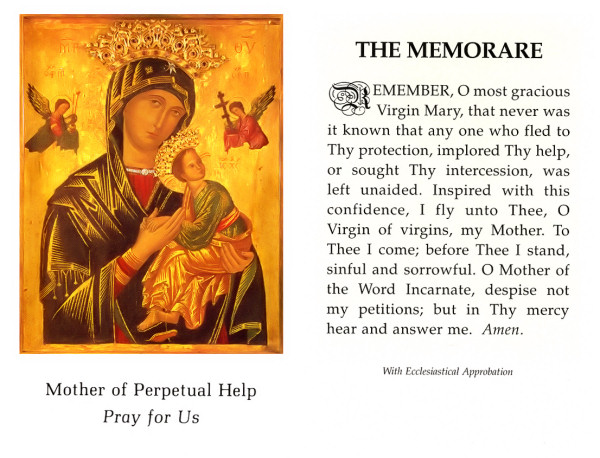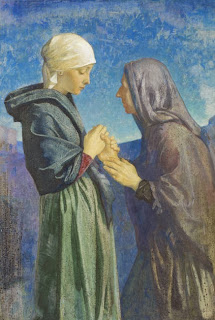The Sacred Paschal Triduum - Tréan Naofa na Cásca
The Sacred Paschal Triduum
Tréan Naofa na Cásca
Thursday of the Lord's Supper
Déardaoin Shéire an Tiarna
Jesus, knowing that the Father had given all things into his hands, and that he had come from God and was going back to God, rose from supper. He laid aside his outer garments, and taking a towel, tied it round his waist. Then he poured water into a basin and began to wash the disciples' feet and to wipe them with the towel that was wrapped round him (John 13:3-5, ESVUK).
Ó bhí a fhios ag Íosa go raibh gach uile ní tugtha isteach ina lámha dó, ag an Athair, agus gur ó Dhia a ghabh sé amach, agus gur ar Dhia a bhí a thriall, d'éirigh sé ón suipéar, agus leag sé uaidh a chuid éadaigh, agus cheangail sé tuáille faoina choim. Ansin chuir sé uisce sa bháisín agus thosaigh ag ní cosa na ndeisceabal agus á dtiormú leis an tuáille a bhí faoina choim (Eoin 13:3-5, ABN).
For I received from the Lord what I also delivered to you, that the Lord Jesus on the night when he was betrayed took bread, and when he had given thanks, he broke it, and said, “This is my body which is for you. Do this in remembrance of me.” In the same way also he took the cup, after supper, saying, “This cup is the new covenant in my blood. Do this, as often as you drink it, in remembrance of me.” For as often as you eat this bread and drink the cup, you proclaim the Lord's death until he comes (1 Corinthians 11:23-26, ESVUK).
Is é fios a fuair mé féin ón Tiarna agus a thug mé daoibhse: mar atá, an oíche a bhí an Tiarna Íosa le tabhairt ar láimh, thóg sé arán agus, ar altú dó, bhris agus dúirt: “Is é seo mo chorp atá le tabhairt suas ar bhur son; déanaigí é seo mar chuimhne orm.” Mar an gcéanna tar éis na proinne thóg sé an cupa ag rá: “Is é an cupa seo an nuachonradh i mo chuid fola. Déanaigí é seo mar chuimhne orm a mhinice a ólfaidh sibh é.” A mhinice, más ea, a itheann sibh an t‑arán seo agus a ólann sibh an cupa, bíonn sibh ag fógairt bhás an Tiarna nó go dtiocfaidh sé (1 Coraintigh 11:23-26, ABN).
Friday of the Passion of the Lord
Aoine Pháis an Tiarna
After this, Jesus, knowing that all was now finished, said (to fulfil the Scripture), “I thirst.” A jar full of sour wine stood there, so they put a sponge full of the sour wine on a hyssop branch and held it to his mouth. When Jesus had received the sour wine, he said, “It is finished”, and he bowed his head and gave up his spirit (John 19:28-30, ESVUK).
Tar éis an méid sin, ó bhí a fhios ag Íosa go raibh gach ní déanta feasta, chun go gcomhlíonfaí an scrioptúr, dúirt sé: “Tá tart orm.” Bhí soitheach ansiúd lán d'fhínéagar. Thum siad spúinse as an bhfínéagar agus chuir siad ar bharr chraobh iosóipe é, agus chuir siad chun a bhéil é. Tar éis dó an fínéagar a ghlacadh dúirt Íosa. “Tá sé curtha i gcrích.” Chrom sé a cheann agus thug uaidh a spiorad (Eoin 19:28-30, ABN).
After these things Joseph of Arimathea, who was a disciple of Jesus, but secretly for fear of the Jews, asked Pilate that he might take away the body of Jesus, and Pilate gave him permission. So he came and took away his body. Nicodemus also, who earlier had come to Jesus by night, came bringing a mixture of myrrh and aloes, about seventy-five pounds in weight. So they took the body of Jesus and bound it in linen cloths with the spices, as is the burial custom of the Jews. Now in the place where he was crucified there was a garden, and in the garden a new tomb in which no one had yet been laid. So because of the Jewish day of Preparation, since the tomb was close at hand, they laid Jesus there (John 19:38-42, ESVUK).
Ina dhiaidh sin d'iarr Iósaef ó Airiomatáia cead ar Phioláit - ba dheisceabal d'Íosa é; os íseal, áfach, ar eagla na nGiúdach - corp Íosa a bhreith leis, agus thug Pioláit an cead. Tháinig sé mar sin agus thóg sé an corp. Níocodaemas freisin - é siúd a tháinig san oíche chuige ar dtús - tháinig sé agus meascán miorra agus aló aige, timpeall céad punt meáchain. Thóg siad corp Íosa dá bhrí sin agus rinne siad é a chuachadh i línéadaí maille le spíosraí, de réir nós adhlactha na nGiúdach. San áit inar céasadh Íosa bhí gairdín, agus sa ghairdín sin bhí tuama nua nár cuireadh aon duine ann riamh roimhe. Is ansiúd a chuir siad Íosa, de bhrí gurbh é lá ullmhaithe na nGiúdach é, agus ó bhí an tuama in aice láimhe (Eoin 19:38-42, ABN).
Holy Saturday
An Satharn Naofa
Through hours of anguish and of dread;
In stillness, earth awaits the resurrection,
While Christ goes down to wake the dead
He summons Adam and his generations,
Brings light where darkness endless seemed;
He frees and claims His own, so long held captive,
Who, with the living, are redeemed.








Comments
Post a Comment